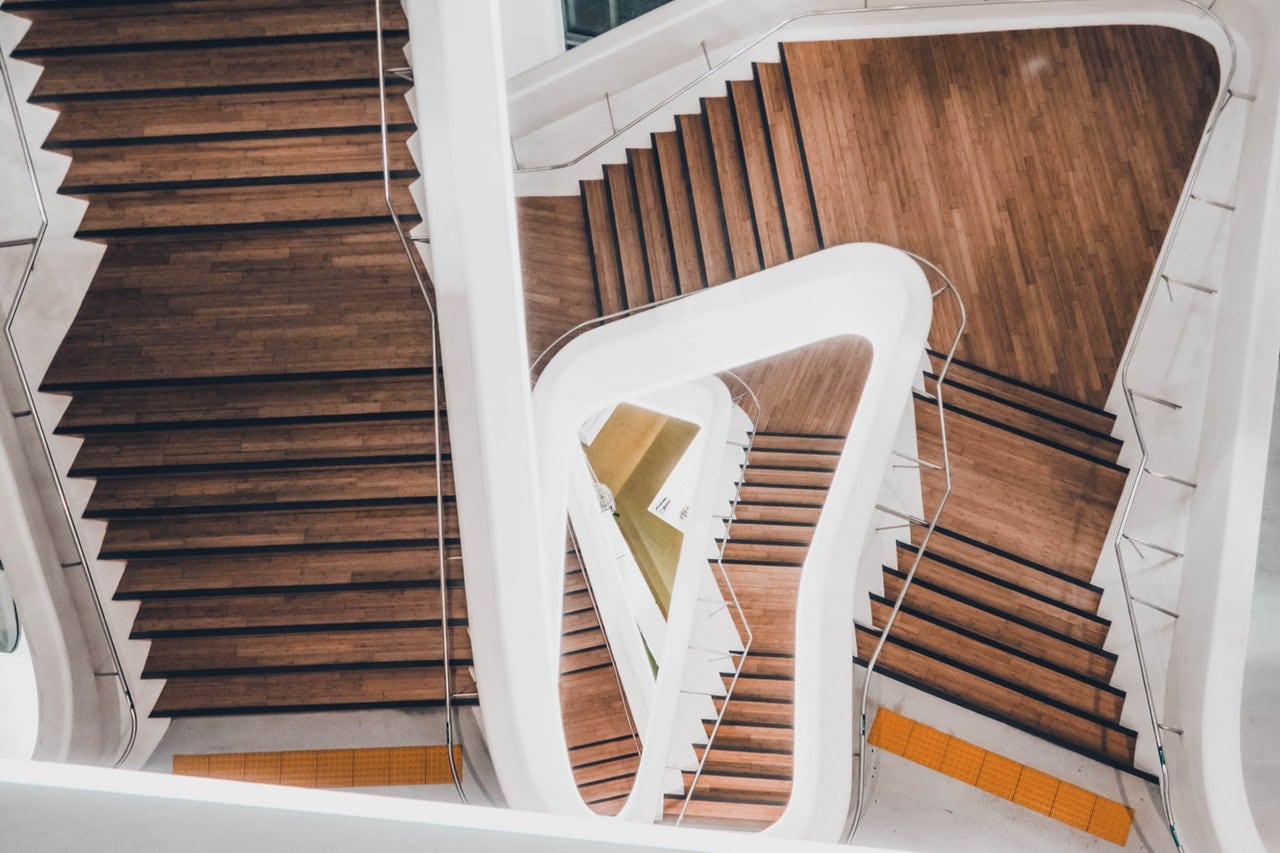What else does Google take into account besides your keywords?
keywords
and their optimization? The elements you include in your pages. Google doesn’t like all elements equally (and we’re not just talking about visible elements).
H1, H2, H3… What are they and why is Google interested in reading them?
The ‘H’ or header tags of your pages are the ones that inform search engines about what you are talking about in each of the pages of your website. As you know, there is content on your website that is not visible to users but, in this case, header tags also serve to hierarchize your content in the eyes of your readers.
{{cta(‘bb2971b9-bf36-4c36-8edc-75223dba5208’)}}
By logic, Google will understand that the content introduced in your H1 is the most important of that page. So, in this one, you should work as much as possible your keyword (or a secondary keyword or long-tail-keyword, since you have already worked on your main keyword in the title). This H1 will also be the one with the largest size in the reader’s eyes. It is important to keep in mind that there should only be one H1 in each of the pages of your website, otherwise you will be sending duplicate information to Google and it will not know which one is really the one to index. Finally, the H1 should be as high up the page as possible (even before or above a header image).
On the other hand, from H2 onwards, Google does not particularly take into account this content to position your pages, although it will help it to recognize more easily what topics you deal with. Even so, you should not forget about them, as they will help you to prioritize your content for the reader, who, in the end, is your true objective. In this type of tags you can use more than one H2, or several H3, etc.
Google loves images and videos. And your readers too!
How will including images and other audiovisual content on your pages help you? Not to lose readers and to position better. Why? Because users tend to stay longer on a page that includes images and videos. By decreasing the number of bounces (people who leave your page without having spent a minimum time on it), Google understands that the page is not interesting or that users are not finding what they were looking for. And that penalizes you.
In addition to including this type of content for your readers, optimize it for Google as well! How? Name your image files with the keyword you are interested in before uploading them to the platform you work with and always give them a description in their ALT text. This description should be a complete phrase, not just the keyword, as it will be visible to your readers and Google will use it to understand what is in that image.
Ah! And remember to optimize the size of your images so that they are not too heavy. Optimizing the loading time of your website is also essential both for positioning and so that your visitors do not turn around tired of waiting.
Internal links and external links. How to use them?
First of all you should know thatinternal links are those that point to other pages within your website. External links, on the other hand, are those that send users to external websites,
Using internal links in your articles should be a rule to follow, since they will help you to rank better and you will get the user to spend more time browsing your page (since you will be offering him complementary content to the one he was already consuming).
The more internal links pointing to a particular page or article, the more important Google will understand that it is, so it will increase its relevance. However, it is important that the link makes sense to the reader. You can’t be talking about water sports and then suddenly send him to another site that talks about gastronomy.
On the other hand, when should we use those external links that make our user visit other websites? It may seem contradictory to send our readers to other sites, but this is not the case. Providing the user with complementary information on the subject we are dealing with, or sending them to the source from which we have extracted certain data is always positive. If you do not want to lose that user with an external link, indicate that this link opens in a new tab, so the user can continue browsing your site without having to go back in the browser.
Another tip before we finish: do not create blank spaces with the ‘Enter’ key on your keyboard. Google will understand that it is a blank paragraph and, therefore, of no interest to users. In these cases, you must establish from the configuration of your blog that, for example, every time you include an H2, a specific spacing is used before and/or after it.

